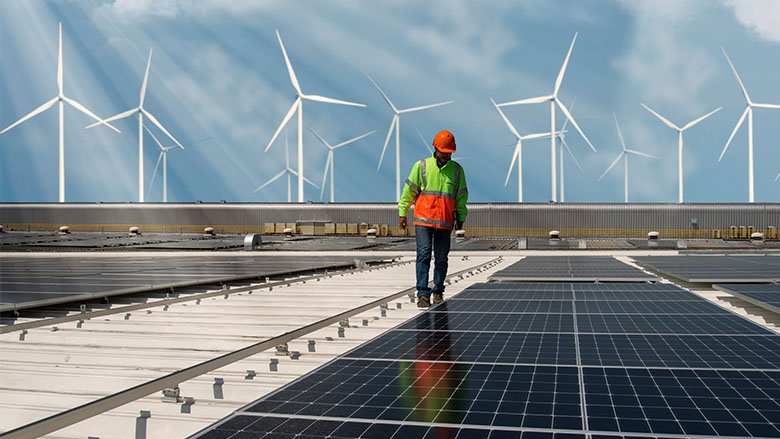The high cost of electricity in Saint Lucia
Electricity prices in Saint Lucia are among the highest in the world. At $0.44 per kilowatt, the average family in Saint Lucia pays three times more to power their home than other countries, like, the United States.
The high cost of electricity - caused by the dependence on expensive imported petroleum products - also has a serious negative impact on the island’s competitiveness and growth as it contributes to the high cost of doing business and deepens the country’s financial vulnerability.
The current energy crisis, coupled with the mounting pressures of climate change, will only further exacerbate existing fragilities.
Fortunately, Saint Lucia has considerable geothermal potential that can be exploited and can likely allow for self-sufficiency in electric power generation.
Uniquely meeting Saint Lucia’s needs
The World Bank has been working with the Government of Saint Lucia to help the country diversify its energy sources, especially toward renewables.
From 2014, the World Bank provided technical assistance in identifying and carrying out a new surface exploration campaign for geothermal which confirmed that 3 new sites – Belle Plaine, Fond St Jacques and Mondesir-Saltibus – had geothermal reservoirs.
The newly launched Renewable Energy Sector Development Project will take these efforts further and undertake exploration drilling activities to confirm the resource’s existence and quality.
“Major goals of this project is to help make an informed decision regarding geothermal exploration, to assist with the economic development of Saint Lucia by establishing the indigenous source of energy for the production of electricity, help stimulate investments in the productive enterprises and to diversify our energy mix in view of climate change considerations and volatility of the crude oil market”, said Ivor Daniel, Permanent Secretary of Saint Lucia’s Department of Infrastructure, Ports and Transport at the recent project launch ceremony.
The project’s unique design reflects Saint Lucia’s ambition to transform its energy sector for a long-lasting positive impact on its people. The project is using public finance for geothermal exploration, and will foster private sector investment in geothermal power production. Targeted policy support and training will help to strengthen the capacity of the renewable sector in the country as well as develop investor-friendly regulations.
The project will also focus on addressing the gender gap in the energy sector and, through a partnership with the Sir Arthur Lewis Community College, it will launch scholarships, apprenticeships, and outreach programs to strengthen electrical and mechanical engineering education and employment opportunities for women.
In the long term, the benefits to Saint Lucia may include lower electricity bills for consumers, increased economic competitiveness and job creation, as well as energy resilience and independence.
The project brings together several key players: World Bank, Climate Investment Funds (CIF), UK Foreign Commonwealth Development Office (FCDO), and the Canada Clean Energy and Forest Carbon Facility (CCEFCF), which all bring to the table their unique experience and expertise in the renewable energy sector.
It is worth noting that the project’s financing terms are highly concessional, IDA credit ($3.83mn) with long maturity – 30 years and a grace period of 10 years – and CCEFCF concessional loan ($3.7mn) with 0% interest rate, 20 years maturity, grace period of 5 years. It also includes grants from UK FCDO ($4.2mn), CTF contingent grant ($.8.572mn), and a CCEFCF gender grant ($0.55mn).

